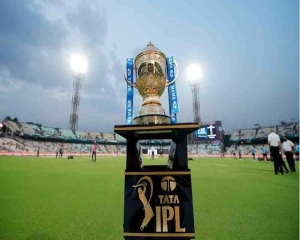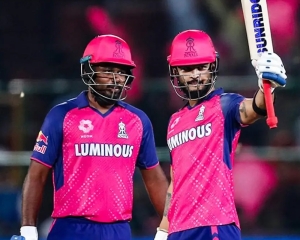With no let up in obesity and diabetes cases in the country, the Government has decided to help the consumers make healthier food choices! Food Safety and Standards Authority of India (FSSAI) has proposed labeling of packaged food products which are rich in sugar, salt and fat with red colour coding.
In addition to this, the draft Food Safety and Standards (Labelling and Display) Regulations announced by the top food watchdog on June 25, 2019 proposes, the food manufacturers to give details about allergens as well as print a new logo for vegetarian food, which consists of a green colour-filled triangle inside a square with a green outline to enable colour-blind people to know about the nature of the product.
These will replace the Food Safety and Standards (Packaging and Labelling) Regulations, 2011.
An official in the FSSAI said that information on calories (energy), saturated fats, trans-fats, added sugar and sodium per serve should be mentioned on the Front of the Pack (FoP) according to the regulation. Currently, most of the packaged food companies print nutrition details of the contents, including their recommended daily values, at the back of the package.
The labels will also declare, per serve percentage contribution to Recommended Dietary Allowance (RDA).
In addition to the FoP label, FSSAI is planning for the mandatory red colour coding for products which are High in Fat, Sugar and Salt (HFSS), but this would be implemented in phases over the period of three years.
The new draft regulation has been brought to encourage consumers to make healthier food choices and inform them about what the product actually contains. The regulation is out for suggestions and comments need to be submitted within 30 days, said the official.
Experts believe that obesity is the major reason for developing different types of diabetes mellitus. Several researchers have highlighted that obesity accounts for 80-85 per cent of the risk of developing type-2 diabetes.
Latest data released by the World Obesity Federation, an organisations dedicated to solving the problem of obesity, shows that the percentage of Indian adults living with obesity is set to jump to around 5% by 2025, from 3.7% in 2014.























